Customer Facility N10 at MIRA proving ground, Warwickshire.
Not the most arresting setting, but that changes pretty quickly once you are inside. N10 is currently home to what can only be described as a pack of prototypes: snouty, predatory and a little murderous in the case of one that has been subjected to 300,000 miles’ worth of corrosion tests.
Its camo is tatty and long streaks of iron oxide have dribbled down its chin, though the head of vehicle engineering for the Polestar 5, Steve Swift, points out that these ferrous fangs are from the third-party mounts of the light pods needed for night-time testing – they won’t go anywhere near the finished article.
So when do we get to see and drive that finished article? It will be next year, when this four-door, pure-electric GT launches with a headline figure of 872bhp.
Targets include the Porsche Taycan, which Polestar is aiming to particularly skewer in terms of rear passenger comfort, as well as the Tesla Model S (build quality) and even the upcoming plug-in hybrid BMW M5 (desirability).
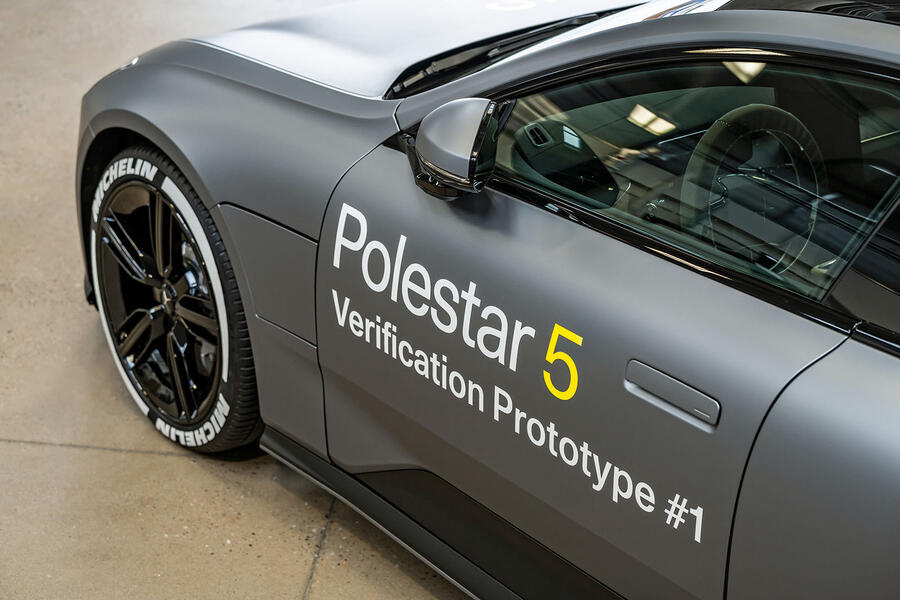
Anything quick, premium and with proper back seats, basically. As for how the most specialised Polestar so far will challenge such an undeniable breadth of talent, that’s what we’re here to learn.
Every Polestar to date has been spun off a turnkey Volvo chassis, but the 5 is very different from an engineering perspective. More than that, both the processes and the technologies involved are reminiscent of what you would typically find in the world of low-volume sports car manufacturing.
For example, the 5 will have its own bonded aluminium chassis with “supercar” levels of stiffness claimed, while the steering and suspension systems have also been designed from the ground up by Polestar’s MIRA-based UK R&D operation.

It’s at MIRA that the close proximity between design-engineering and those developing the cars has allowed for rapid iterating.
Just how rapid becomes clear when you consider that the project is barely four years old, Swift then pointing out that one of the pre-prods is already a true validation prototype and was even built at Polestar’s new Chongqing plant in China. This is skunkworks-grade tightness and focus.
Today, Swift is joined in the workshop by Pete Allen, who heads this incipient but already 500-strong UK R&D team. Both men came over to Polestar from Coventry-based Emerald Engineering – another company owned by the Geely group.
It was here that they helped deliver the aluminium chassis that underpins the new generation of electrified TX black cabs for LEVC, with a good portion of engineers who have transferred with them.
Chunky taxis to bleeding-edge electric GTs? Not an obvious segue. But when Polestar CEO Thomas Ingenlath (also on site today) tells Autocar that the “engineering competence” needed to deliver a ground-up car like the 5 pre-existed within Geely, this is what he means.
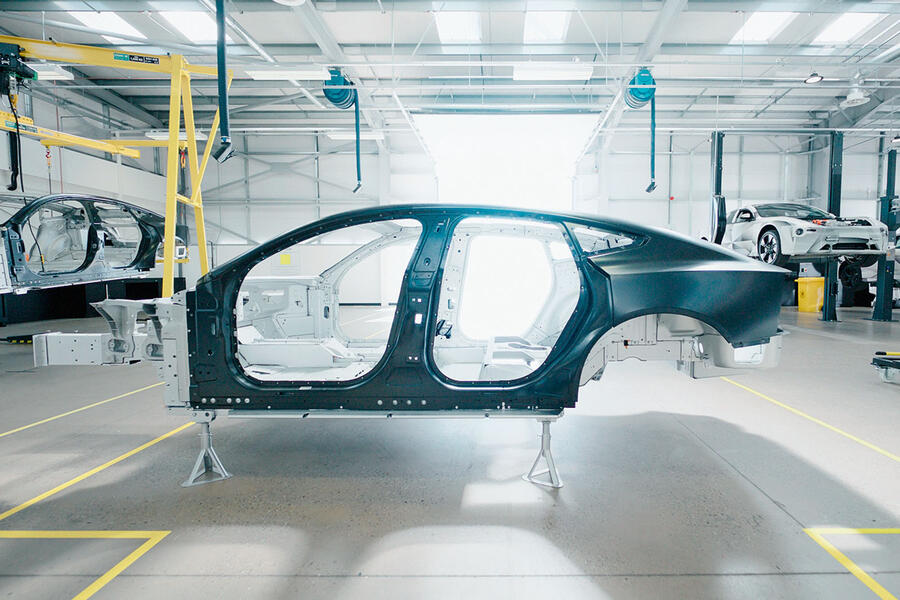
So distinct is the rakish 5 from every other, higher-volume Polestar model that no Volvo platform would have been adequate. The remaining options were either to contract the project out or raid Emerald Engineering and others for the talent to establish a proper UK R&D division.
“If you want to build the safest car in the world, you’ll find that sort of engineering competence around Gothenburg,” says Ingenlath. “But if you want to design and build a low, sporty, exclusive, luxury GT car, then probably the engineering competence [is best found] in the UK. It’s world class for this kind of project.”
Allen, a quietly spoken but authoritative Scot, adds: “We’ve constructed a team according to the DNA we need in the product. We have people from F1, specialists from motorsport and a lot of premium niche manufacturers.”
He omits the fact that he himself was the programme lead for the development and delivery of the Mercedes-McLaren SLR, while Swift had a long stint at Lotus and was an engineering director at blue-blooded Canadian automotive innovator Multimatic. They both share an ambition to instil within the 5 a feeling of “sports car heritage”.
What exactly that means is something one hopes will become clear when we get behind the wheel of the car. For now, from an outsider’s perspective, you have to assume it alludes to a dynamic purity, transparency and all-round intuitiveness, but without sacrificing usability.

An appealing simplicity, perhaps. Does anything already out there exhibit all that? The entry-level RWD Taycan gets close but lacks practicality; AMG and M cars froth with heft and complexity; Tesla products are accurate and rabidly quick but the handling never sparkles.
“You have to be able to deliver second-row comfort, which is not something most sports car manufacturers pay much attention to,” says Allen, in summing up the extent of the challenge. “But you also have to make it feel, in the front, as though the car is shrinking around you.”
Achieving that blend is where it gets interesting, not least because the 5 represents a rare opportunity to develop a mass-market performance car from scratch.
The team are not shoehorning one product onto a platform designed for something else. Because, although this architecture needs to be scalable enough to underpin future models ranging from a higher-riding seven-seat crossover to a production version of the O2 roadster concept, in essence it’s very nearly bespoke to the 5.
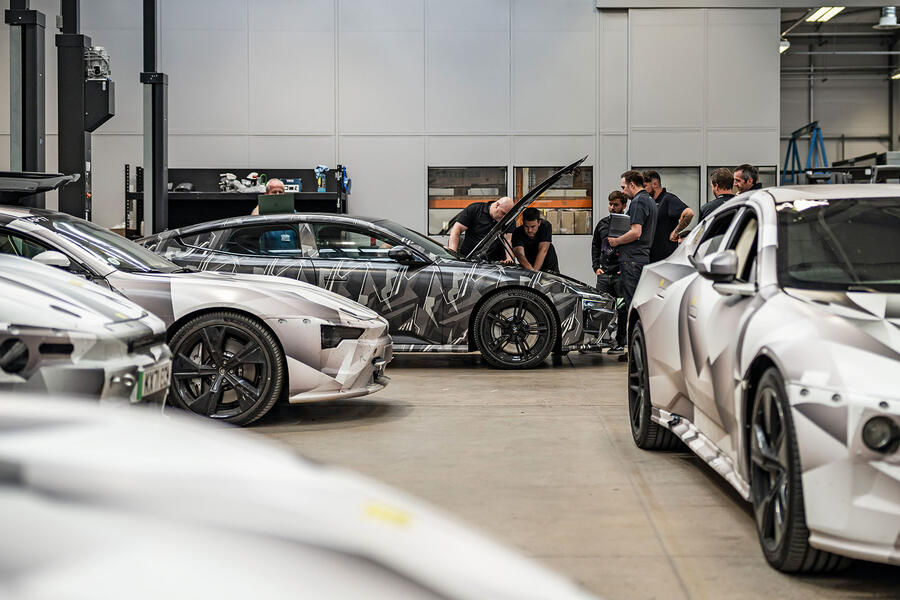
Polestar’s four-seat GT won’t therefore rely on active anti-roll bars, rear-wheel steering or complicated air suspension to meet its dynamic goals, as do many others in the category.
The suspension is passive and the team’s expertise has been focused on getting the rates, geometry and tyre characteristics matched up with the stiffness of the platform and just so for real-world duties – all the various journey types and road surfaces you would encounter. Done well, that equals purity.
As Swift puts it: “Why have complicated systems that cost of a lot of money and take energy to run if you don’t need it?”
It’s a particularly British approach and can give truly spellbinding results. Anybody familiar with a Lotus Evora knows this, though perhaps the best exemplar of passive ride-and-handling balance in the four-door class is BMW’s M5 of the E39 generation.
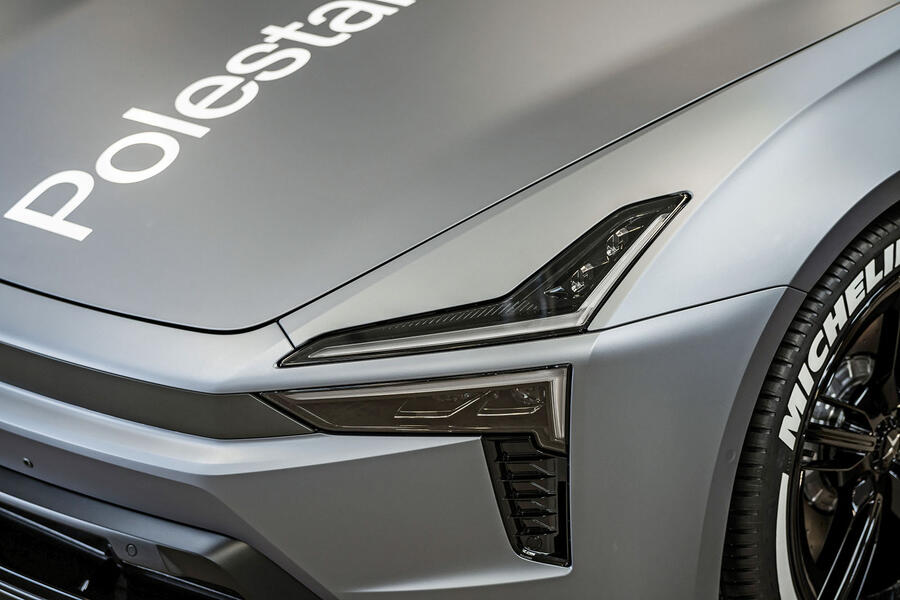
If Polestar UK R&D can deliver something of both cars, well, you’re looking at an Alpine A110 moment. But however the project pans out, the 5 should feel different from any Polestar before it. Unrecognisable, perhaps.
Exactly how unrecognisable, we will have to wait to see. For now, know that later in the day, out on MIRA’s Dunlop handling circuit, 31-year-old principal vehicle dynamics engineer Chris Baguley throws Attribution Prototype 2 into the kind of sustained slides – and through slick transitions of weight and grip – that you don’t generally get without some magic in the chassis engineering. Polestar as a company is barely out of infancy, but when it comes to its most ambitious car yet, even at this early stage there are discernible traces of that elusive ‘sports car heritage’.

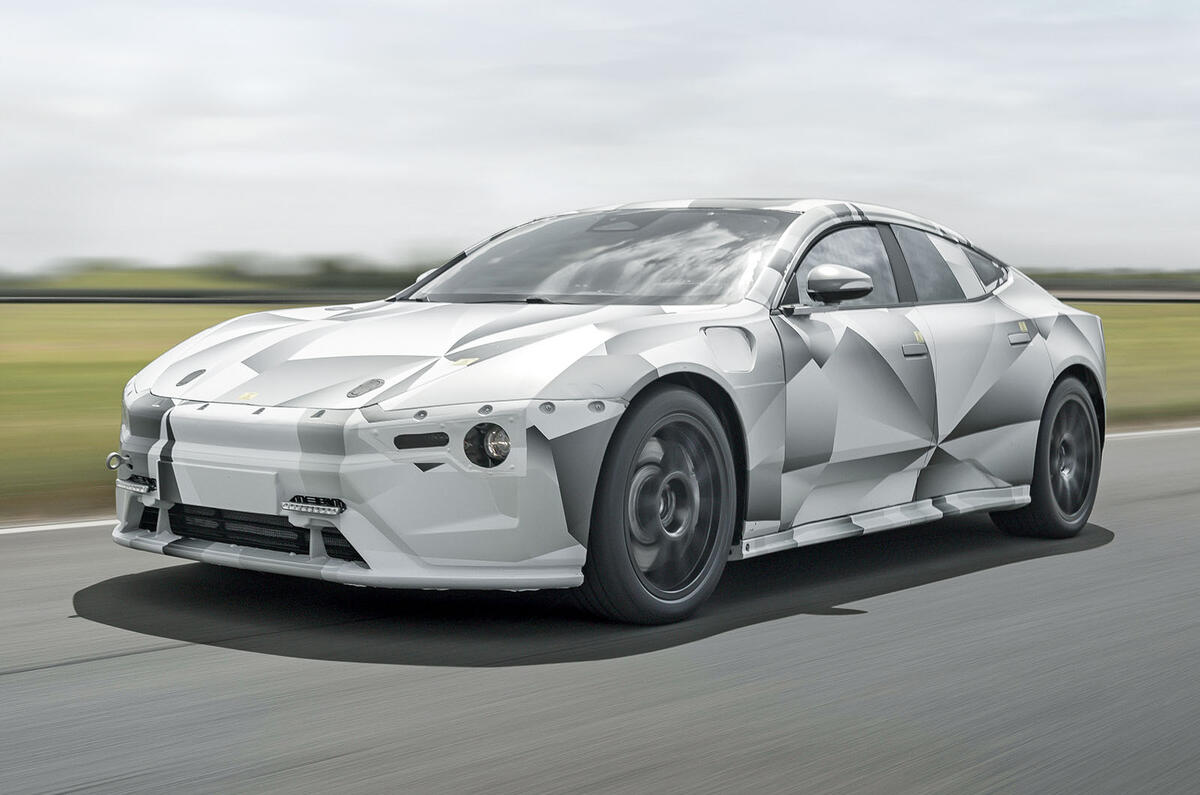
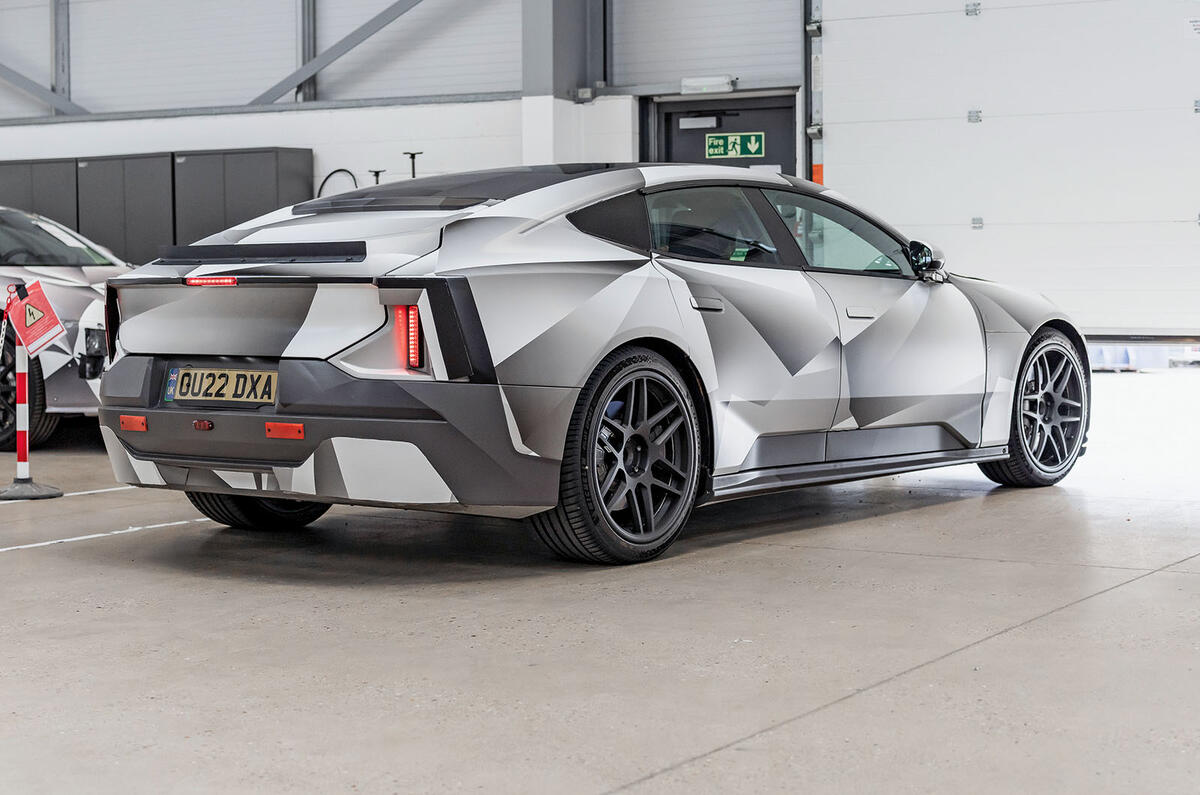
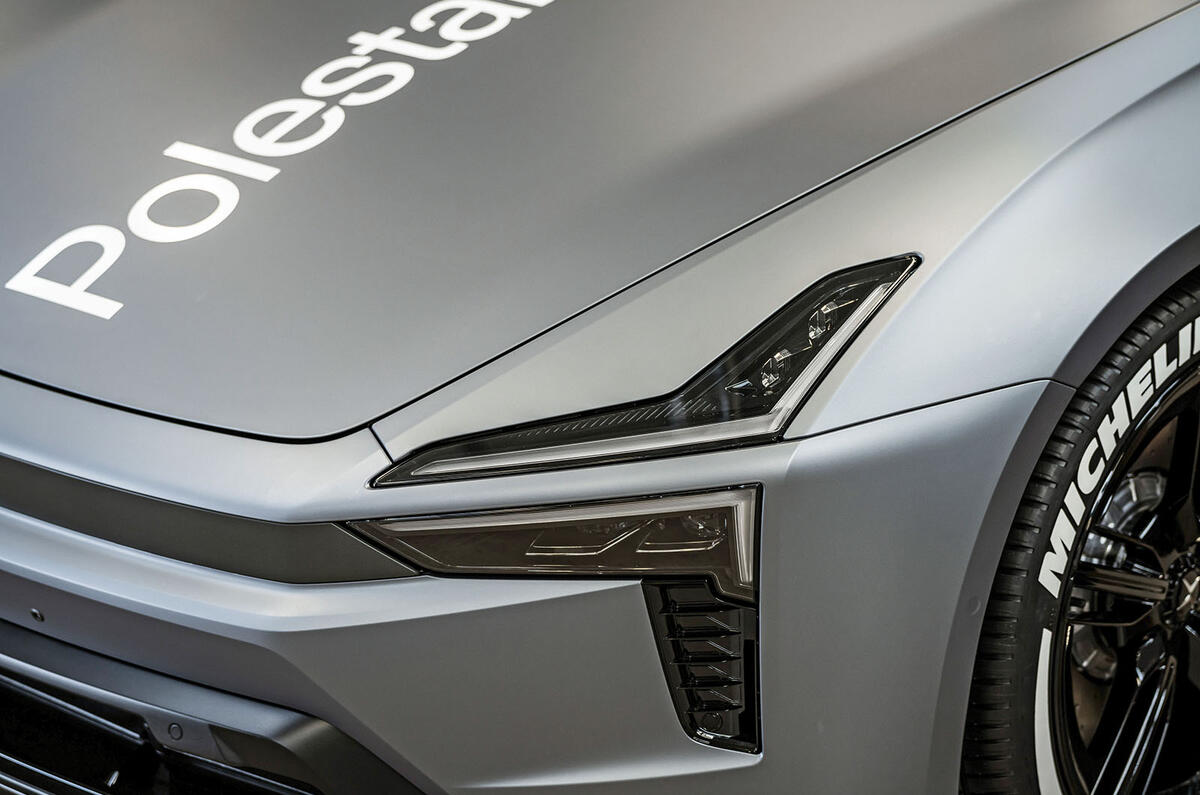
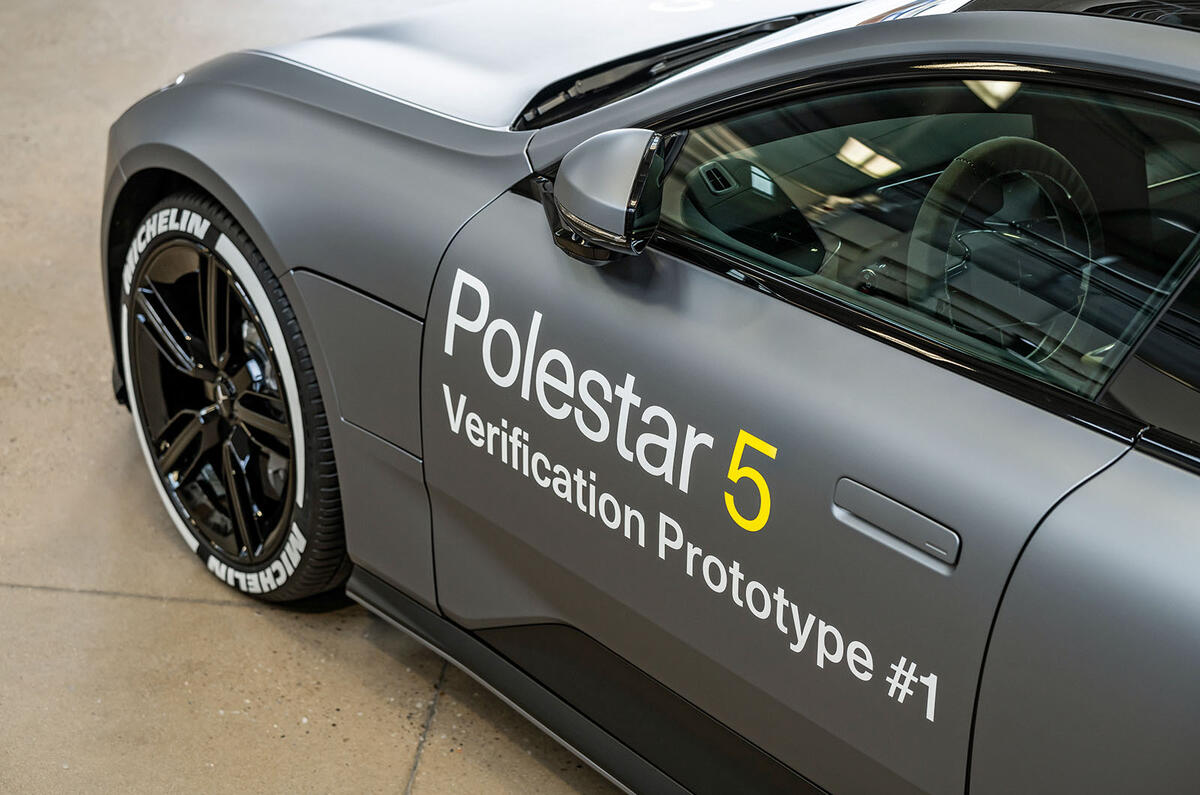



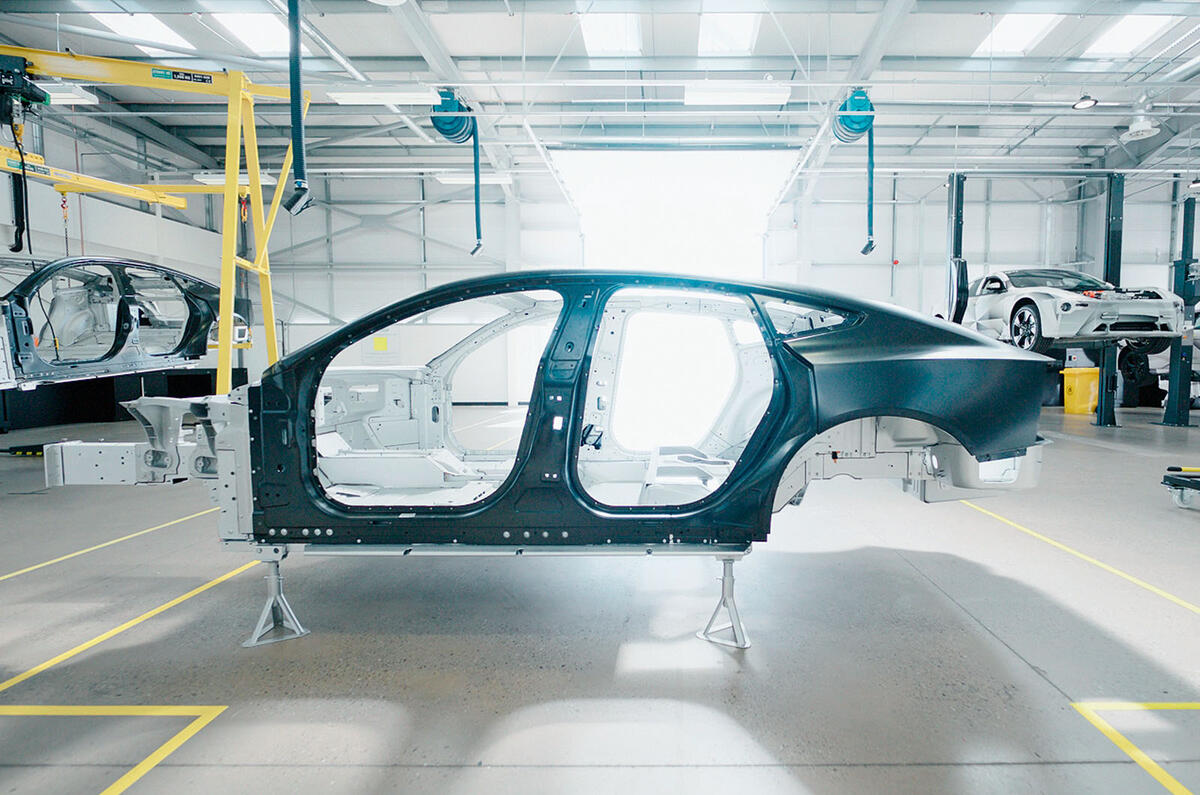
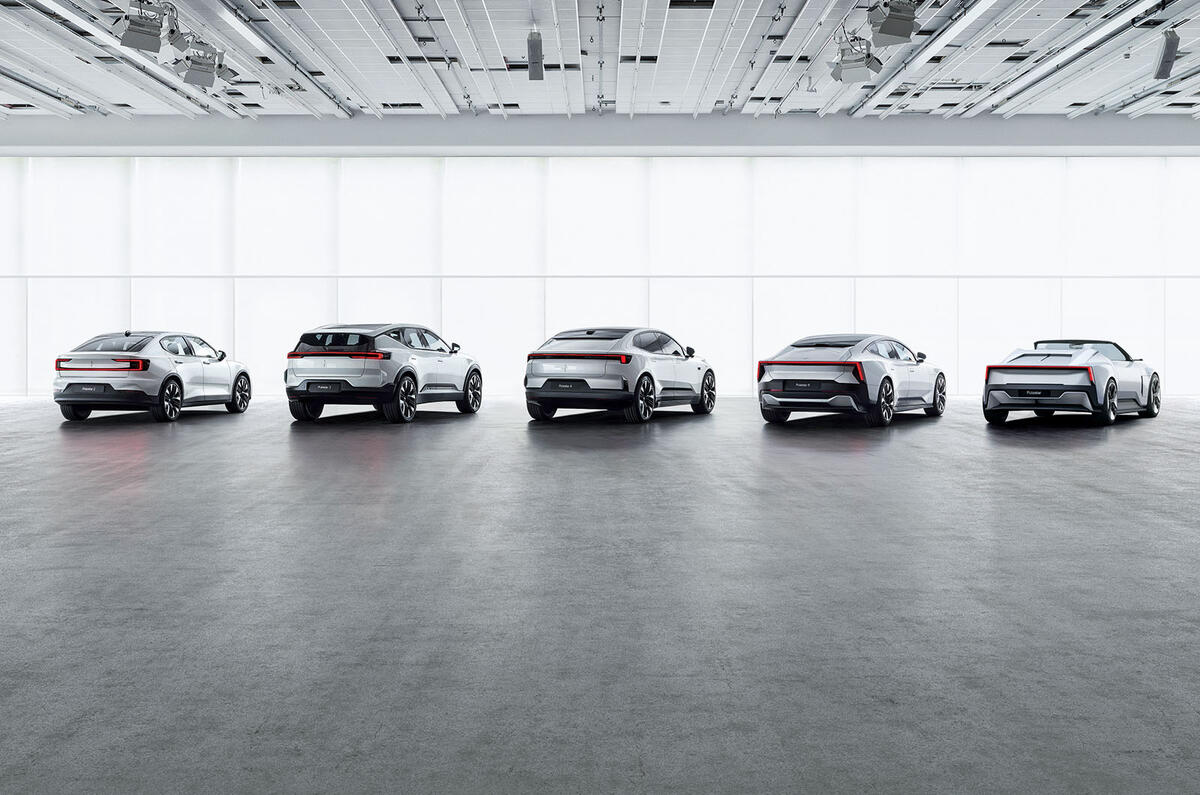


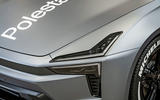












Add your comment